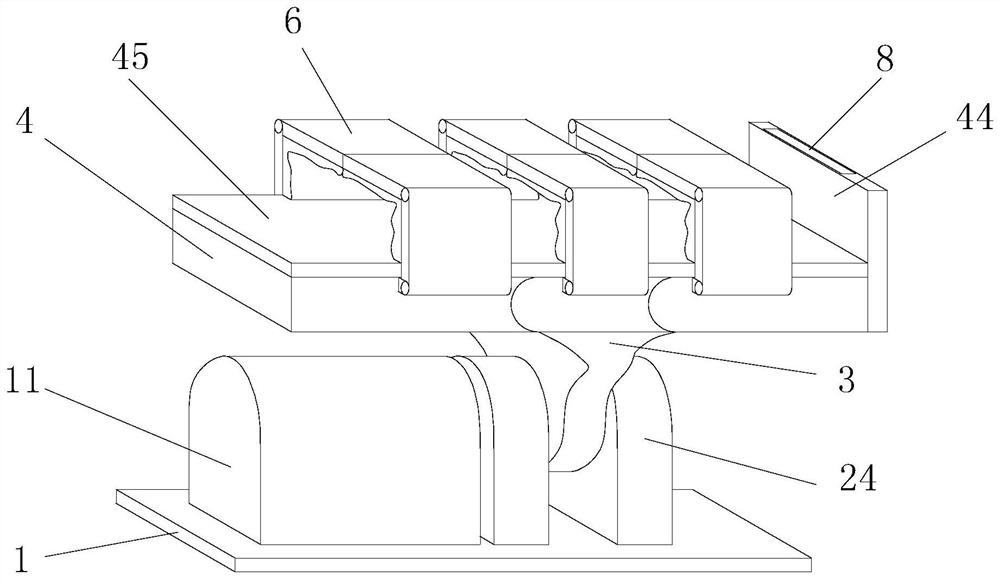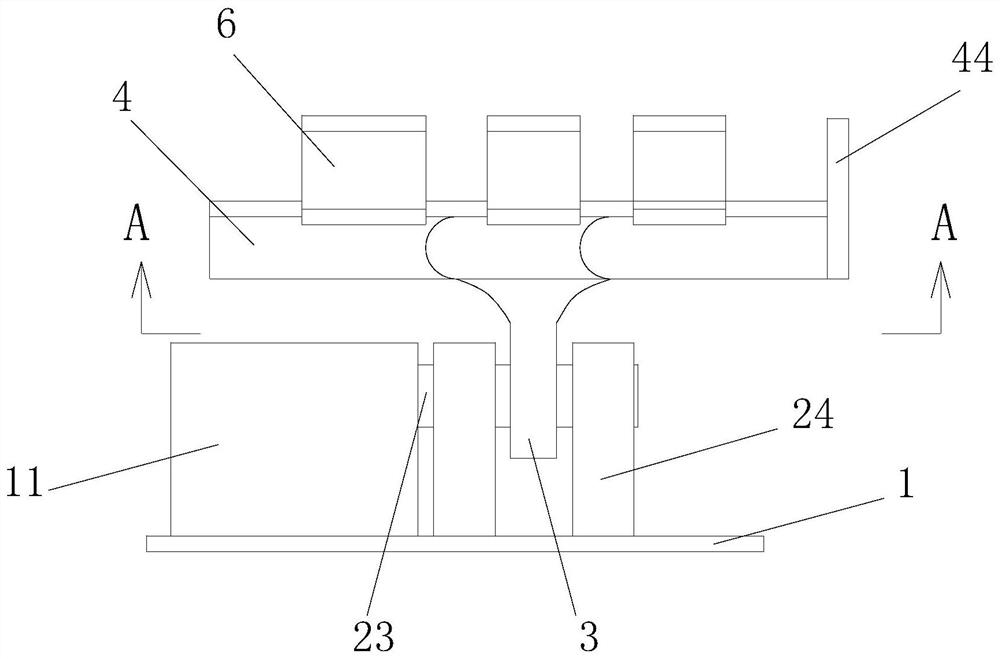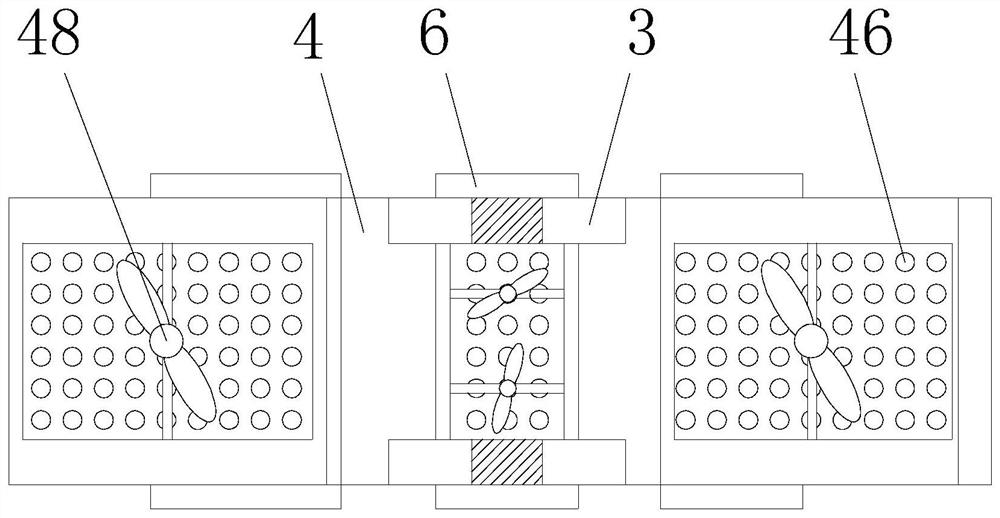Turning-over assistor and control method
A control method and technology of an auxiliary machine, applied in the field of medical devices, can solve the problems of single function and inconvenient back care of patients, etc.
- Summary
- Abstract
- Description
- Claims
- Application Information
AI Technical Summary
Problems solved by technology
Method used
Image
Examples
Embodiment Construction
[0063] The following will clearly and completely describe the technical solutions in the embodiments of the present invention with reference to the accompanying drawings in the embodiments of the present invention. Obviously, the described embodiments are only some, not all, embodiments of the present invention. The accompanying drawings are for illustrative purposes only, and represent only schematic diagrams, rather than actual drawings, and should not be construed as limitations on this patent. In order to better illustrate the specific implementation of the present invention, some parts of the accompanying drawings will be omitted or enlarged Or reduced, does not represent the size of the actual product. For those skilled in the art, it is understandable that some known structures, components and their descriptions in the drawings may be omitted. Based on the embodiments of the present invention, those of ordinary skill in the art All other embodiments obtained under the pr...
PUM
 Login to View More
Login to View More Abstract
Description
Claims
Application Information
 Login to View More
Login to View More - R&D
- Intellectual Property
- Life Sciences
- Materials
- Tech Scout
- Unparalleled Data Quality
- Higher Quality Content
- 60% Fewer Hallucinations
Browse by: Latest US Patents, China's latest patents, Technical Efficacy Thesaurus, Application Domain, Technology Topic, Popular Technical Reports.
© 2025 PatSnap. All rights reserved.Legal|Privacy policy|Modern Slavery Act Transparency Statement|Sitemap|About US| Contact US: help@patsnap.com



